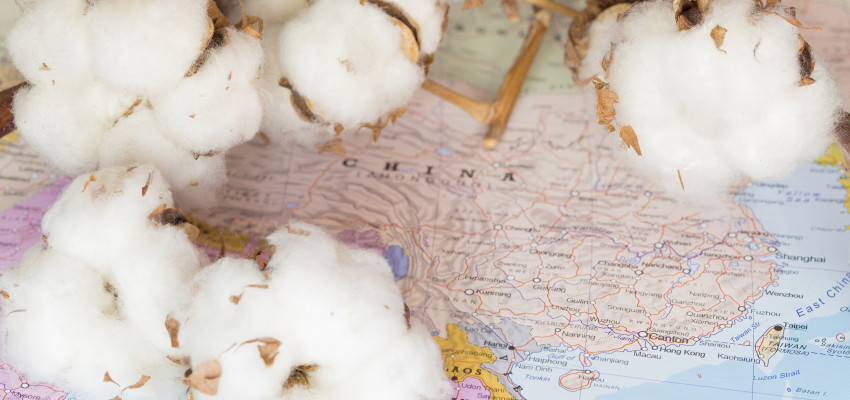By Hannah Becker on April 17, 2018
Kansas Agriculture’s Role in International Trade
How does agricultural trade influence Kansas' economy?

Ranked seventh in the nation for agricultural production, Kansas is a big player when it comes to the world of farming.
Evidence of Kansas’ strong agricultural heritage is visible almost anywhere you go within the Sunflower State - pastures filled with cattle, farmers preparing their fields for planting and grain elevators towering over the Kansas landscape. In fact, almost 90 percent of all Kansas land is utilized for some type of farming.
In 2017, agriculture accounted for nearly 45 percent of Kansas’ economy, with production valued at more than $67 billion. Kansas is a national leader in beef, sorghum and wheat production (among others) and is home to a very diverse farming community growing everything from organic produce to oilseed crops.
Kansas’ high-quality agricultural products extend beyond the state borders, as Kansas-grown food, fiber and fuel products are exported all over the world.
What agricultural products does Kansas export?
Thanks to modern production practices like GMOs and no-till farming, Kansas farmers are able to produce more food with fewer resources than before, which helps conserve both our environment and natural resources. Sometimes, there is more supply than demand for agricultural products and when this happens, Kansas farmers can export their products overseas to communities that may not be able to grow these types of foods or have as plentiful a harvest.
In 2016, Kansas exported more than $3 billion in agricultural products like beef, corn, dairy, pork, soybeans and wheat into international markets. Last year, the top five export markets for Kansas products were Canada, Mexico, Japan, China and Germany. These types of strategic international trade partnerships help support the Kansas economy.
How does international trade impact the Kansas economy?
Exporting agriculture products to other countries is an essential part of the state economic system. Added international markets help increase farm revenue and selling opportunities for Kansas farmers. Additionally, trade-related income supports many other aspects of Kansas’ rural communities, including small businesses, transportation and even local infrastructure.
A strong agricultural economy creates jobs for Kansas residents. Kansas agriculture currently employs more than a quarter million people through both direct and indirect careers, which is approximately 13 percent of the state’s entire workforce. Developing current and additional international trade opportunities is a big part of the state’s overall economic plan.
The Kansas Department of Agriculture works with farmers and ranchers interested in exporting their high-quality products to international markets by providing assistance with State Trade Expansion Program (STEP) grants and organizing international trade missions. Australia, South Africa, Thailand and Ukraine are just a few of the exciting international trade missions Kansas farmers will be going on this year.
What does Kansas agriculture’s international trade future look like?
A strong farm economy is important for Kansas’ continued economic stability, and international trade is a big part of the Kansas farm economy equation.
Recent governmental decisions to disrupt previously established trade agreements such as the Trans-Pacific Partnership (TPP) and North American Free Trade Agreement (NAFTA) continue to threaten the security of Kansas’ international trade opportunities. The effects of these foreign policy decisions will impact both the agriculture industry and the many communities it helps to support.
Kansas farmers have much to offer international markets, yet their ability to connect with buyers overseas is heavily influenced by government agencies at a national level. Hopefully, our elected officials will consider the economic effects of their foreign policy decisions on farm families and rural communities. The future of Kansas agriculture’s international trade and the Kansas economy depends on it.


